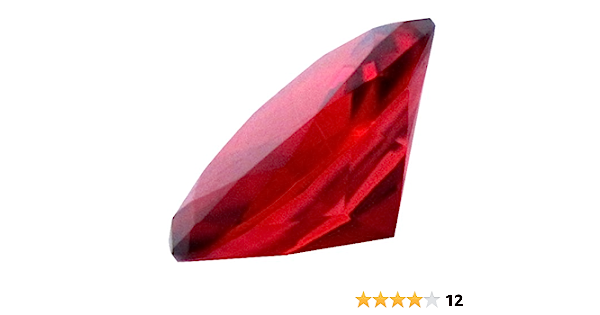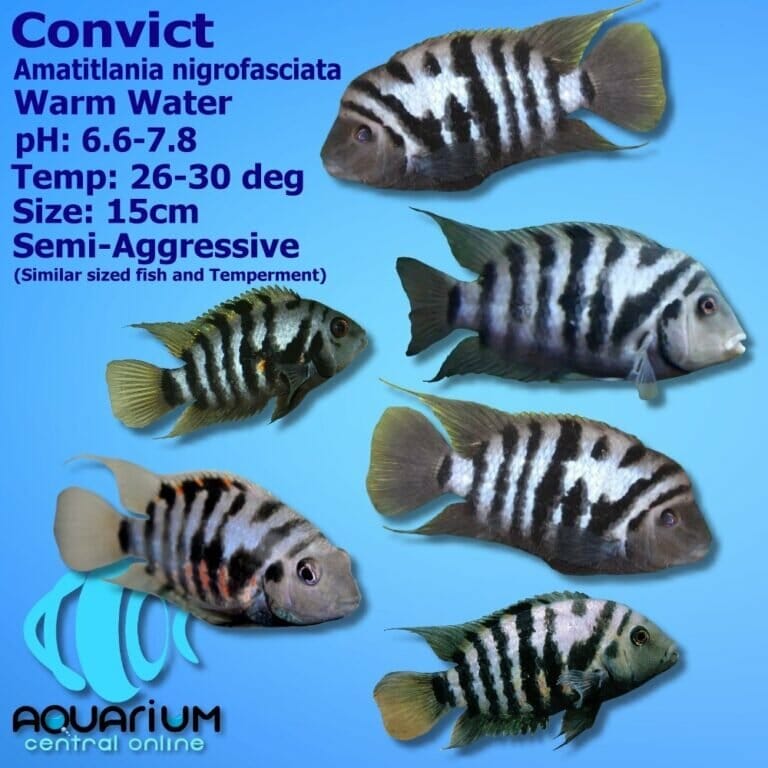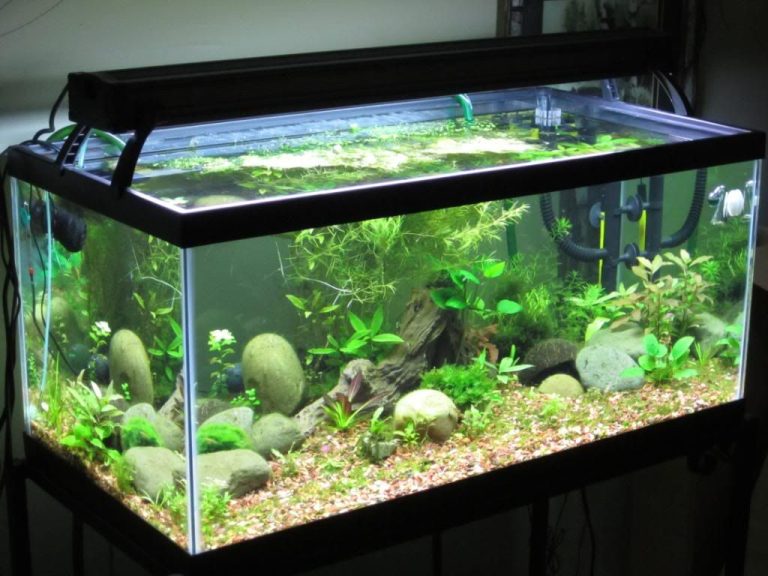What You MUST Have for a Thriving Fish Tank
To set up a fish tank, you need a tank, a filtration system, a heater, and appropriate substrate. As a pet owner, investing in a fish tank is not only a great way to beautify your living space but also beneficial for your mental health.
Watching fish swim can help alleviate anxiety and calm your mind. Creating this aquatic environment, however, can be a bit of a daunting task. You need to ensure that you have everything necessary to not only maintain a healthy aquatic ecosystem but also foster the growth and wellbeing of the fish.
This includes understanding the basic equipment required to start and maintain a thriving aquarium. In this article, we will examine the essential items you need to set up your fish tank so you can give your fish a comfortable and healthy environment.

Credit: www.petguide.com
Choosing The Right Tank
Factors To Consider When Selecting A Fish Tank
Selecting the right fish tank for your aquatic pets is essential to their wellbeing. You need to take the necessary measures and choose the perfect tank to keep your fish healthy and happy. Here are the factors to consider when selecting a fish tank:
Size And Shape
The size and shape of your fish tank play a vital role in ensuring your fish’s comfort and safety. Consider the following factors when selecting a tank size and shape:
- Size matters. Go for a larger tank than what you need. The rule of thumb is that fish need one gallon of water for every one inch of adult fish.
- Get the right shape. Fish tanks come in different shapes such as round, rectangular, and square. Decide based on the time and effort you want to put into maintaining your tank.
Material
The right material is essential for a tank that will last long and keep your fish healthy. Here are some considerations:
- Glass or acrylic? Glass tanks are durable, and scratches are less visible, while acrylic tanks offer a better view of your fish and are lighter in weight.
- Avoid plastic tanks. Fish tanks should not be made of plastic as they are prone to leaks and scratches, put your fish’s health at risk, and aren’t durable.
Temperature And Lighting Options
Fish are sensitive to temperature and lighting changes, and choosing the right setup will ensure they thrive in their new environment. Keep the following in mind:
- Temperature control. A thermometer is essential to monitor the water temperature, with most tropical fish thriving between 75°f to 80°f.
- Lighting is necessary. Fish need a schedule based on day and night cycles each day. Consider a timer to simplify the process and provide consistent lighting.
Choosing the right tank for your fish is crucial for their well-being. Take your time and make an informed decision.
Setting Up The Tank
Cleaning And Preparing The Tank
Before setting up your fish tank, it is vital to clean and prepare it properly. Here are some essential steps you should follow:
- Rinse the tank with warm water and a soft sponge, ensuring that you remove any dirt, dust, or debris.
- Fill the tank with water and add a water conditioner to remove any chlorine and heavy metals.
- Allow the tank to stand for 24 hours to make sure that any residue settles and to reach the appropriate temperature and ph.
- Use an aquarium scraper or algae magnet to remove any algae that may have formed on the tank’s walls and bottom.
Creating A Suitable Environment
Fish need a suitable and appropriate environment to thrive and stay healthy. The following steps will guide you:
- Ensure the size of the tank is appropriate for the type and number of fish you want to keep.
- Add an appropriate amount of gravel to the bottom of the tank to mimic a natural habitat.
- Place some decorations in the tank, such as rocks and shells, to provide hiding places for the fish.
- Consider adding some aquatic plants, such as java moss and hornwort, to help maintain a healthy environment by absorbing any excess nutrients.
Choosing The Right Substrate
The substrate is one of the essential elements to consider when setting up a fish tank. Here are some tips to help you choose the right substrate:
- Determine the type of fish you want to keep and choose a substrate accordingly. For example, if you have bottom-dwelling fish, a fine-grained substrate is preferable.
- Make sure that the substrate is chemically inert so that it doesn’t affect the water chemistry and harm your fish.
- Choose a substrate color that complements the overall look of the tank.
Adding Decorations And Plants
Decorations and plants not only provide an aesthetically pleasing look to your fish tank, but they also create a secure and comfortable environment for your fish. Here are some things to keep in mind:
- Choose decorations and plants that are suitable for the type of fish you want to keep.
- Place decorations in such a way that they provide hiding places for the fish and create a natural-looking environment.
- Make sure to purchase plants that are fully submersible and thrive in the conditions present in your tank.
- Avoid over-crowding the tank with too many decorations and plants, as it may impede the fish’s movement.
Adding The Appropriate Equipment
Appropriate equipment is necessary to maintain the health and well-being of your fish. Here is a list of essential equipment and their functions:
- Heater: Maintains a consistent temperature in the tank, which is critical for the fish’s overall well-being.
- Filter: Removes any waste and debris from the water, keeping it clean and healthy for your fish.
- Lighting: Provides the necessary light for plants to grow and enhances the fish’s natural color.
- Air pump and air stone: Provides aeration, which is essential for maintaining a healthy ecosystem in the tank.
Water Quality And Maintenance
Importance Of Maintaining Clean Water
Maintaining clean water in your fish tank is vital for healthy and happy fish. Poor water quality can cause stress, diseases, and even death. Here are a few things to keep in mind when it comes to water quality and maintenance:
- Regular water changes are crucial for keeping the water clean and fresh.
- Overfeeding your fish can lead to excess food and waste in the tank, which can negatively impact water quality.
- Choose the right filter for your tank size and type of fish to help keep the water clean.
- Avoid overcrowding your tank, as this can lead to too much waste and poor water quality.
Testing Water Quality
Regularly testing the water in your fish tank is crucial for maintaining good water quality. Here are some tips to help you test the water:
- Use a reliable water test kit to measure things like ph, ammonia, nitrate, and nitrite levels.
- Test the water at least once a week, especially if you’re adding new fish to the tank.
- Keep track of the results in a log to see if any changes need to be made.
Water Change Schedule
Changing the water in your fish tank is essential for maintaining good water quality. Here are some things to keep in mind when it comes to water changes:
- Change around 10-15% of the water in your tank every week.
- Use a siphon to remove debris and waste from the substrate during water changes.
- Be sure to treat the new water with a water conditioner before adding it to the tank.
Proper Use Of Chemicals
Using chemicals in your fish tank can help maintain water quality, but it’s important to use them correctly. Here are some tips for proper chemical use:
- Always read the directions carefully before adding any chemicals to your tank.
- Avoid overusing chemicals, as this can have negative effects on water quality and your fish.
- Be sure to use the right amount for the size of your tank.
Disease Prevention
Preventing diseases in your fish tank is crucial for maintaining the health and wellbeing of your fish. Here are some tips for preventing diseases:
- Quarantine any new fish for at least two weeks before adding them to your tank.
- Keep the water clean and healthy to reduce the risk of diseases.
- Keep an eye on your fish for any signs of illness, such as unusual behavior or physical abnormalities.
By following these tips for water quality and maintenance, you can help ensure that your fish stay healthy and happy in their tank.
Choosing The Right Fish
The beauty of a fish tank depends on the varieties of fish you choose to put in it. You need to be careful while choosing the fish to ensure they are compatible with each other and can thrive together without any problems.
Here are some essential points to consider when choosing the right fish for your tank.
Researching Compatible Fish
Before buying any fish, take time to research the types of fish that are compatible with each other. If you have different species of fish in the tank, make sure they don’t have any conflicts with each other. Here are a few things you need to consider before introducing the fish into your tank:
- The fish’s size plays a vital role in deciding if it can coexist with other varieties in the tank.
- Check for any aggressive behavior that the particular species of fish are known for.
- Ensure that the fish you choose thrive in the same water condition and temperature.
Selecting Healthy Fish
It’s vital to ensure that the fish you purchase are healthy and will thrive in your aquarium. Choose fish with bright, clear eyes, with no scales missing or damage to their fins. Here are some other things to look for when selecting healthy fish:
- The fish should be alert, responsive, and swimming upright.
- Check for any signs of parasites or disease on the fish’s body or fins.
- Avoid purchasing fish that are lethargic or are gasping for air at the surface of the tank.
Introducing New Fish To The Tank
It’s crucial to introduce new fish to your tank slowly to help them acclimate to their new environment and reduce stress. Follow these steps to introduce new fish to your aquarium:
- Quarantine any new fish for at least a week in a separate tank to ensure they are healthy. This will also prevent the risk of introducing a sick fish into your aquarium.
- Gradually allow the new fish to adjust to the water temperature by floating the bag in the aquarium for at least 15 minutes.
- Slowly introduce the new fish into your aquarium, allowing them to adapt to the new environment over time.
Feeding And Care
Once you have decided on the types of fish, you need to feed and care for them daily. Here are some tips for proper fish care:
- Feed your fish according to their specific dietary needs, as overfeeding can lead to health issues and dirty water.
- Maintain a regular cleaning schedule to keep the fish tank clean and fresh.
- Monitor the water temperature and ph levels regularly, and make adjustments if necessary.
Choosing the right fish is essential to ensure a beautiful and thriving aquarium. By researching compatible fish, selecting healthy species, and taking the necessary precautions when introducing new fish, you can create a peaceful and stunning underwater world. Remember to provide proper food and care, and your fish will reward you with their beauty and grace.
Frequently Asked Questions Of What Do You Need For A Fish Tank
What Size Fish Tank Do I Need?
The size of fish tank you need depends on the type and number of fish you plan to keep. Consider the space you have available, and research the water requirements of your fish.
How Do I Choose The Right Filter For My Fish Tank?
Choose a filter based on the size of your tank and the type of fish you’re keeping. Look for filters with adjustable flow rates and multiple types of filtration media for maximum effectiveness.
What Should I Consider When Buying Aquarium Lighting?
Consider the lighting needs of your specific fish and plants, the size of your tank, and the type of lighting that will best showcase your aquarium. Led lights are a popular and energy-efficient option.
How Often Should I Clean My Fish Tank?
Regular cleaning is important to maintain a healthy fish tank. Clean your tank at least once a week, removing waste and changing the water as needed. Be sure to also clean your filter and check water parameters regularly.
Conclusion
Now that we have gone through the basics of what you need for a fish tank, you are now equipped with the knowledge to confidently set up a safe and healthy environment for your aquatic pets. Remember, the size of the tank matters, and so does the type of filter, heater, and lighting you choose.
Also, make sure to establish a regular maintenance routine that includes water changes and monitoring of the water quality. By creating a suitable habitat for your fish, you will not only be providing them with a happy home but also a joyful viewing experience for yourself.
Don’t forget to research the specific needs of the fish species you want to keep and consult with a professional before making any major decisions. All in all, having a fish tank can be a fulfilling hobby, and we hope this guide has helped you get started on the right foot.






